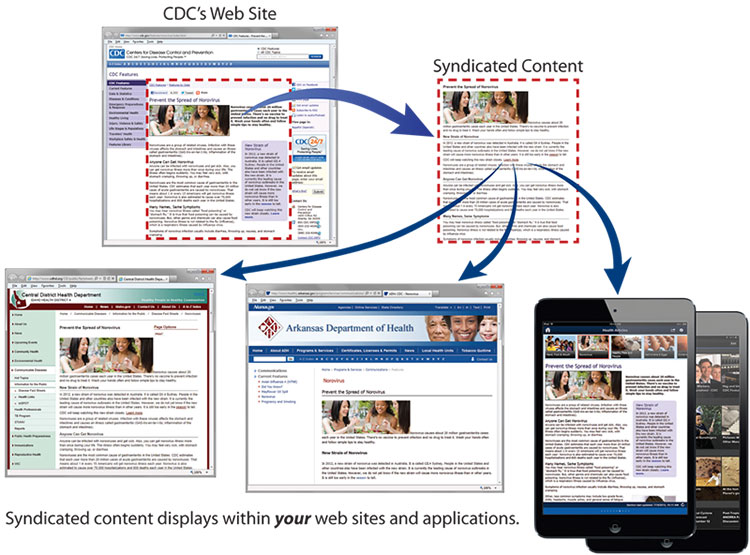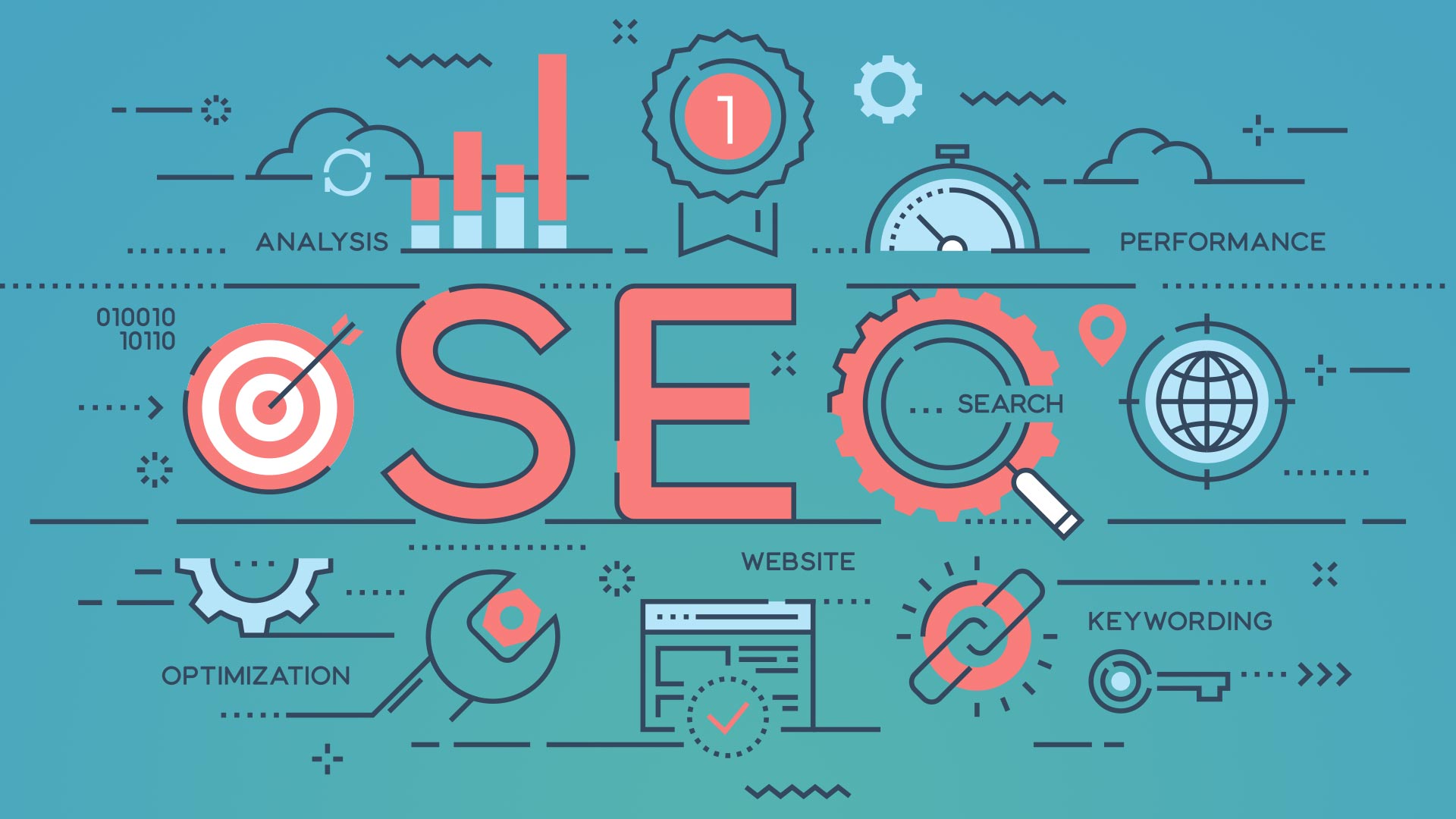
It is not enough to optimize the title of your blog in order to rank highly on Google. Google wants to crawl your blog for keywords. A basic SEO strategy makes it easier for Google search engines to index and display your content. Headings is another important aspect to optimize a blog for SEO. These are important for readers to move through your content and search engine crawlers to see the hierarchy of what they are reading. Headings should include keywords and phrases at each section's beginning, middle, or end.
Meta description
Make sure you use an organic tone in your meta description when writing for SEO blogs. You can answer users' queries with your meta description, and show off your high-quality material. A website that reads like spam gives a bad impression to users, so make sure to avoid it. Remember the golden rule of writing for people, not robots, and you'll receive more clicks as a result. Here are some tips that will help you write compelling meta descriptions:
Make it engaging: Include your main keyword in the meta description. Google doesn't consider your meta description when indexing your site, but it helps to attract users' attention. It is important to keep your meta description between 140-161 characters. Make sure you bold the most important words. The description should also include a call to action, such as a link to your website. A compelling call to action is also a key part of a good meta description.
The meta description is an opportunity to advertise your company. It is a great way to catch a user's attention and persuade them to click on the link. A well-written meta description can help increase site traffic and sales. To encourage users, a call for action should be placed at the end. Your meta description might be ineffective if it's too long or has outdated information.
A meta description, in addition to making your site more readable and easier to read, can help increase click-through rates. Properly used, the meta description can increase organic traffic and improve rankings. Google's search engine result pages play a minimal role in your meta description. If your meta description does not meet the required standards, your page could be ranked on Page Four instead of Page One. It is worth adding a meta description to your blog even if it has a low click through rate.
Keywords in the title
Make sure you are using focused keywords in the title. This will help you get the most out your SEO blog post. Keywords in the title are a way to establish the direction of your articles and determine how likely they will reach your target audience. Search engines summarize web pages according to the keywords used in the content. These crawlers use advanced technology to determine the quality of web pages. For better search rankings, make sure to include keywords in your titles.
Use phrases that are related to crossfit training and crossfit gyms if you own a gym. One keyword should be used per article. Search engines can find spammy articles by using too many keywords. This makes your content less valuable. Long-tail keywords can help your articles rank better than short-tail keywords. These phrases are a great way for your articles to rank higher in Google for a particular keyword.
Your SEO blog title should be between 60 and 70 characters. The title tag should include the key phrase as close to its start as possible. The benefit that your post provides should be conveyed by your chosen keyword. Keyword stuffing and boilerplate titles is a bad idea. Google warns about keyword stuffing. You should use a strong focus keyword for your title, and ensure your audience can easily understand the content.
Your keywords should be included in your title. But that's only half of the battle. Your title for your article should not exceed 60 characters (or 575 pixels). Make sure the title is true to its promise and easy to read. SEO is about planning. You should make sure that your title is as effective and relevant as possible.
Internal links

There are many options to improve your website's search engine optimization (SEO). Internal links can be used to direct visitors to other pages on your site. These links can lead to different product pages or content. This improves user experience and increases search performance. You should remember that backlinks are not the same thing as internal links and readers won't be able to find them themselves. However, this can be done by placing internal links in the correct places.
SEO-friendly SEO techniques include adding relevant links to your blog. Many sites use different styles for their links. It is therefore important to select the appropriate words and anchor text when creating a link strategy. Internal links can be used to increase attention and make your visitor stay longer on your site. You want to get the best out of your internal links. Make sure they point back at relevant content and offer a helpful solution.
If possible, internal links should point to the main target keyword. Although it is unlikely that Google will penalize you for using exact-match anchor text, you must make sure the anchor text matches the content of the linked page. It should not be keyword-stuffed. It is not a good idea to manipulate the anchor text to boost your search engine rankings. This tactic is not allowed by Google's webmaster policies. This tactic is more effective that you might think.
Another way to optimize internal links is to create content on topics related to your core service. A Columbus landscaping firm generates 390 monthly searches, far less than what is required to find the phrase "best smartphones". You can improve your SEO by strategically including internal links within your blog posts. A good way to do this is to anticipate the questions that users will have when they browse your website.
Schema Markup
Schema Markup can be added to blog posts to improve your search engine rankings. To create schema markup, visit Google Structured Data Markup Helper. You simply need to enter the URL for your website, select a category, then copy and paste the HTML code. This tool generates a tag manipulation tool and renders the page in a separate window. From there, you can click individual elements to tag them.
There are three types: NewsArticle (TechArticle), Microdata (Microdata). Each type can have a different set of flags, depending on the content of the post. NewsArticle is a category for articles that relate to current events. TechArticle might have flags that indicate what technical content is in an article. Flags may be used to indicate technical content in articles like a HowTo article.
Google has created an easier to use interface to create schema. It allows you to tag data so that similar content is displayed in search results. To increase brand awareness, schema markup should be used in blog posts. Schema is a good way to promote your small business if it has a local office. You can also promote your business or events using schema. Schema markup is a great way to improve your SEO blog posts. Check out these links if you're not sure what to do.
Schema optimization can help you optimize your content. The markup is used to help search engines identify the elements of a site. If you're writing about food, schema markup can help identify ingredients and instructions. Schema can also be used for review blogs. In general, the more relevant content you have to a user’s query, the higher your search engine rankings.
Copyrights to images

It is important to get permission from the owner before you use an image in your SEO blog. Images from PR agencies are not shared on their websites and may not be available for you to use. Contact them to learn who owns the image. Most times the owner is happy to give permission for you to use the photo. These tips will help you comply to the law.
Google images are not to be used. You should contact the owner of an image before using it on your blog. Google allows you search for images but you must get permission before you can use them. If you have difficulty finding the image required, you can ask permission to visit the page that it is hosted. This will help you ensure that you don't violate a copyright. Image copyrights could make all the difference between a successful SEO blog or a website that is removed from search engines.
Be sure to verify the copyrights of any image on your blog. While it might be tempting to use images found on Google Images, it's illegal. You are discrediting the artist of the image and could face legal consequences if you steal images without permission. You can use public domain or fair-use photos if you have permission from the owner. If you still have any doubts, consult an intellectual property attorney.
Images used for SEO blogs should have the same author and attribution. You are more likely than not to use humorous photos for SEO purposes. But you should always verify the licence terms. Some images are free to use, but there are restrictions. Don't use images that you don't know the author of. You may be violating the copyright if they are not royalty-free. You may also be sued, which could lead to a large amount of damages.
FAQ
How Often Should My Site Be Updated?
Updating your site regularly can improve its rankings. However, it's not always necessary. It's not necessary to constantly update content that you already have created.
How long does it take to see results from PPC Advertising?
Paid search results can take longer to show up than organic searches because they lack a natural flow. Searchers expect to see relevant results at the top when they are searching for something. Paid search results must work harder to convince people that they should pay money to advertise on their site.
Why SEO strategy is important?
Search engine optimization (SEO), is a way to get more people to visit your website via Google.
Search engines like Google and Yahoo! store information about websites in servers called crawlers. They send this data back from the company's central databases. This enables them to index web pages for searching purposes.
If your website appears high in the results, more people will click on your link and visit your page. Therefore, you won't be found if you are not visible in these searches.
It is important to rank high in search engines. This will ensure your site is noticed. To achieve this, there are two general methods; paid advertising and natural organic links.
Paid Advertisement - This is where companies pay per-click online ads that appear above other sites when searching for information. These ads can be banner ads or text ads.
Natural Organic Links- These links are ones where you have developed a site that is excellent over time and has earned the trust of others in your industry. Over time, links are built naturally through guest posting, commenting on other sites, and so forth.
To stay ahead of the game, you must invest continually in both forms of marketing.
How can I create an SEO strategy for my website?
The first step in creating an effective SEO strategy is understanding what you want to achieve and how you will go about achieving this goal. This allows you structure your content to meet these goals.
The second step is to start working on your keywords. Through keyword research, you can get insight into what people want to find by using certain words. Using this information, you can then write articles around those topics.
After writing your articles ensure that you include your target keywords in them. You can also optimize your articles by adding images and videos that are relevant. If possible, you should also link to other related sites.
After writing all your content, you can start optimizing it!
What is an SEO Campaign and How Does It Work?
An SEO campaign is an ongoing series of activities to increase visibility for a website or domain name in search engines such Google, Bing, Yahoo!, and others. These activities include optimizing page titles, meta description tags and URL structure.
SEO campaigns usually begin with keyword research. This is where keywords are identified that will increase organic traffic. Once keywords have been identified, they must be optimized throughout the entire website, from the homepage to individual pages.
What are the best tools available for on-page SEO?
Video embeds as well as image alt tags, structured markup and internal linking are some of the best tools to use for on-page search engine optimization. This article will provide more information about these issues.
Statistics
- Deleting those 10k pages is one of the main reasons that he improved his site's organic traffic by nearly 90%: (backlinko.com)
- Sean isn't alone… Blogger James Pearson recently axed hundreds of blog posts from his site… and his organic traffic increased by 30%: (backlinko.com)
- And 90%+ of these backlinks cite a specific stat from my post: (backlinko.com)
- These guides are designed and coded 100% from scratch using WordPress. (backlinko.com)
- A 62.60% organic traffic boost to that page: (backlinko.com)
External Links
How To
How to make a successful SEO campaign
If you do creative writing, you've got to learn how to separate yourself from the pack.
Most writers are very similar. Writing follows the same patterns. They often repeat themselves, and fall back onto cliches.
The trick is to break out of those patterns and develop fresh ideas. That means thinking outside the box.
It means looking for ways to make your writing more entertaining. When writing for an audience, you must consider what makes them tick. What turns them on? What makes them laugh? What makes them weep?
What excites and scares them? What scares them?
When you sit down to create, think about these questions. Ask yourself why you think someone would care about your words. Why would anyone ever read your words, then?
Once that is done, you are ready to begin writing your story.
Your hook should be your first line. It is important to start with your hook. This is the first impression that readers will get of you. Be wise when choosing.
Next, decide whether your piece is going to be informational or persuasive. Informational pieces explain facts. Persuasive pieces persuade readers to agree with your views.
Next, decide whether you will tell stories or provide examples. Stories are exciting. Exemples are an example of how something works.